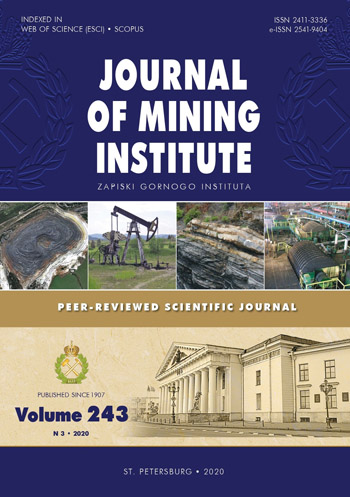Methods for assessing the technical compatibility of heterogeneous elements within a technical system
- 1 — Ph.D., Dr.Sci. Professor Tula State University
- 2 — Ph.D., Dr.Sci. Head of Department Moscow State Technical University named after N.E.Bauman (National Research University)
- 3 — Ph.D., Dr.Sci. Professor Tula State University
Abstract
The article provides methods for assessing the compatibility of elements in the design of complex technical systems. The compatibility of the elements is considered as the main indicator that determines the quality of systems including heterogeneous elements. The presented methods make it possible at the design stage to choose a technical solution that is most suitable for the project objectives, taking into account the operating conditions of the system. The methods make it possible to evaluate compatibility by a single and complex indicator. The choice of indicator depends on the purpose of the assessment. An example of methods implementation in the design of systems including an electric drive and pipeline shutoff valves is considered. It has been experimentally proved that in systems with low values of the compatibility level, the actual power characteristics exceed the required values, which leads to additional voltages in the system elements and their breakdowns. The results of the assessment of typical systems allowed to identify the shortcomings of existing structures and propose alternative solutions to problems. The compatibility of elements within the framework of a technical system makes it possible to increase the functional efficiency of systems with minimum weight and size and power characteristics, to optimize the price-quality ratio, and to increase the competitiveness of the final product.
